Significance Of Dhanurmasam | HinduPoojaRituals
- 24 Dec 2021
- 03 Comments
According to Hindu calendar, Dhanurmas is a month in which the planet Surya (Sun) transits in Dhanur Rashi. the Sagittarius zodiac sign .. Dhanurmasam falls between the Hindu lunar months of Margashira and Pushya,. Dhanurmasam begins on the 16th of December and concludes on the 13th or 14th of January, on Bhogi festival day,
The significance of worshipping God Shri Maha Vishnu at Dhanurmasam early in the morning before sunrise is known as Arunodaya Kaala in Hindu ethics. It is customary in Dhanurmasam to perform pooja rites at the auspicious Brahmi Muhurtha, which occurs two hours before sunrise. This Brahmi muhurtha or muhurat, Punya Kaal, or Maha Punya Kaal, is equivalent to 1000 years of everyday pooja.
Six months of the year (Uttarayana) are considered a day in Hinduism for Gods, while the remaining six months are considered darkness (Dakshinayana). Dhanurmasam is also the Brahma Muhurat for Gods because it is the last month in which the Gods' night ends.
As a result, worshipping during the Brahma Muhurta will enable believers to focus more on God, bringing them closer to Him.
The most sacred naivedya offering for Lord Vishnu is Pongal (in Tamilnadu and Andhra Pradesh) and Mudganna (in Karnataka, Huggi). Basil is another thing to bring to the Lord that is more precious and auspicious.
During Dhanurmas, Lord Venkateshwara shall be awakened at Tirumala instead of Suprabhatham by reciting the Thiruppavai pasurams. Tiruppavai is a Tamil word that signifies "Sacred'' and "Vrat" in English. Goddess Goda Devi is said to have written Tiruppaavai in the Paavai style of traditional Tamil poetry. Andal is the other name for Goddess Godadevi. "Dhanurmas Vrat Katha '' is a narrative about Goda Devi.
Ekantha Seva will be done on Lord Krishna's idol instead of Lord Venkateswara. During the Dhanurmasam, Lord Vekateshwara will be decked with two parrots. The first is made of gold, and the second is composed of flowers. Apart from these two parrots, another will be placed on the Lord's left shoulder.
Throughout the month, Lord Venkateshwara will be served with the Naivedyams, like sheera (Halwa), Pongal, Sunda (cooked peas), and Dosa. - .
Significance of Vaikunta Ekadasi:
Vaikunta Ekadashi / Mokshada Ekadashi - Vaikunta Ekadashi or Mokshada Ekadashi is a very auspicious day, falls on 11 day (Ekadashi) of waxing period of the moon in Dhanurmas (Margashirsha Shukla Paksha Ekadashi in the Lunar calendar). On this day, the Vaishnava (Worshipers/Followers of Vishnu) sect believes that the 'Vaikunta Dwaram,' or 'portal to the Lord's Inner Sanctum,' opens. e.
Vaikunta is God Vishnu's Supreme Abode, also known as the region of no obstruction. It is a location for God Vishnu and his devotees to stay in the suddha-sattva, or the supreme condition of purity and righteousness, and it is found in the foot of God Vishnu as Vishnupada, or Param Padam. The Shaiva sect celebrates the day as Trikoti Ekadashi, a religious festival in which all Hindu gods pay tribute to Lord Sri Shiva at the same time.
Hindu rituals:
The Devotees of Lord Vishnu practice three key activities: reciting Thiruppavai, presenting flowers to Lord Vishnu, and complete surrender to Lord Vishnu. Unmarried girls draw Rangolis and put Gobbillu (rolled cow-dung balls) in front of the houses and in the courtyards and pray to Goddess Gouri for getting married and for blissful married life.
It is believed that Goda Devi observed Dhanurmas vrat during this period and got Lord Vishnu as her husband. Following this tradition, unmarried girls also observe this Dhanurmas. Married women observe Katyayani Vrat during Dhanurmas for a happy and long married life.
For the first fifteen days of the Dhanurmasama, Archana and other normal activities are completed before sunrise, and then Archana and other regular activities are performed after sunrise for the remaining fifteen days.
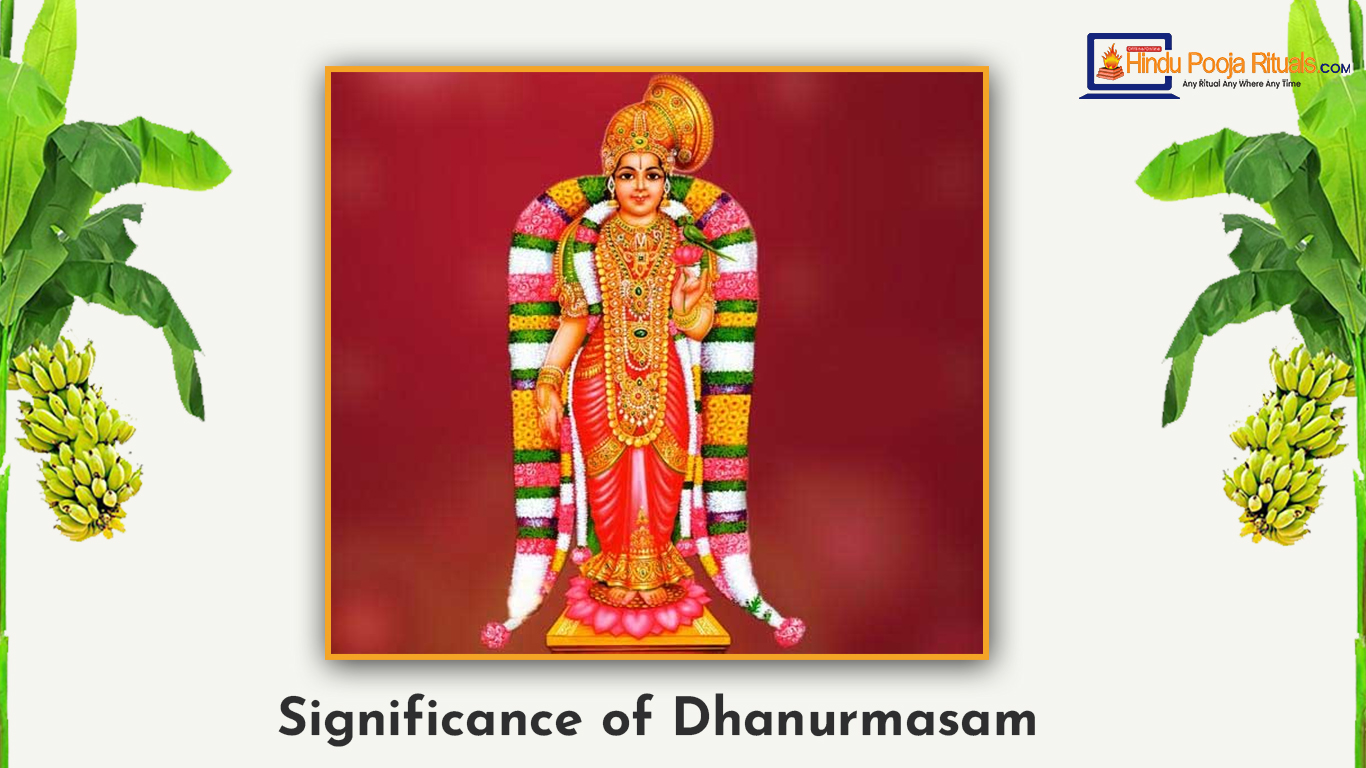
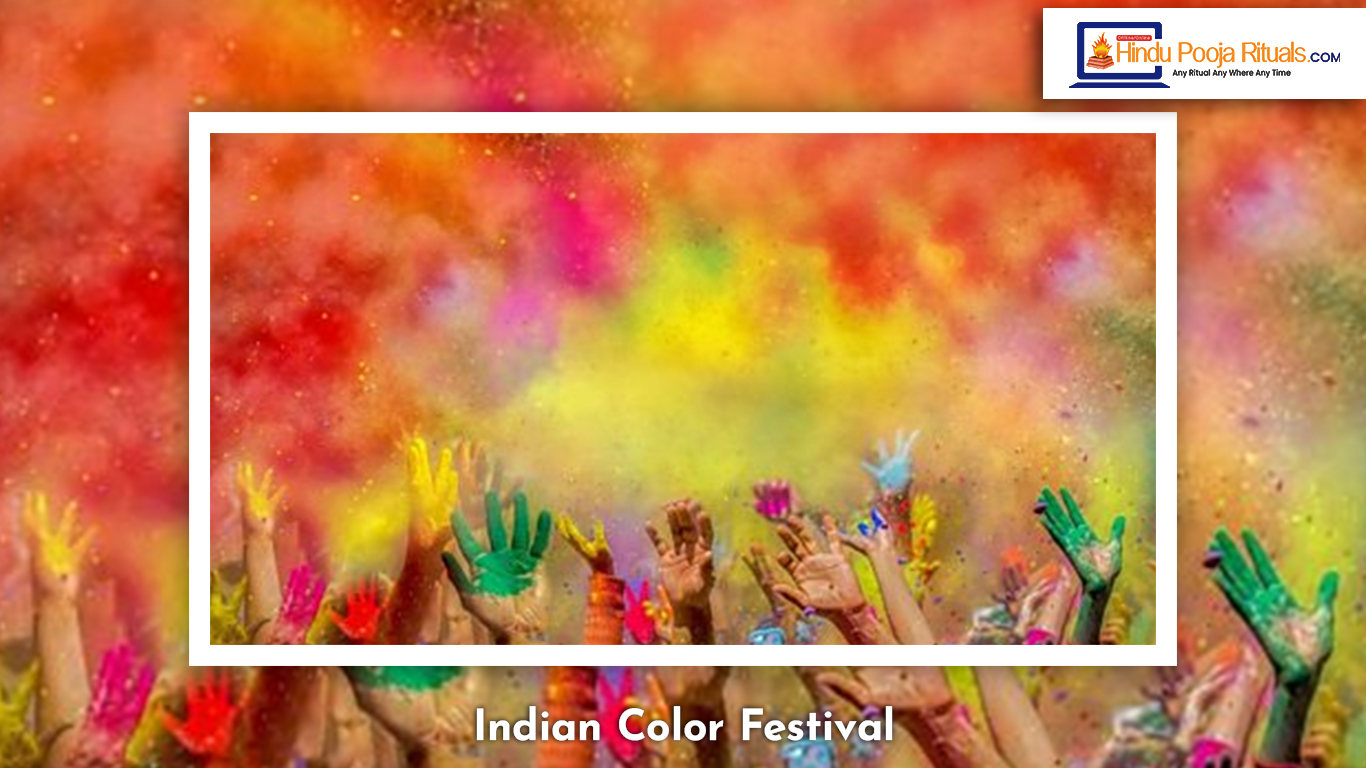
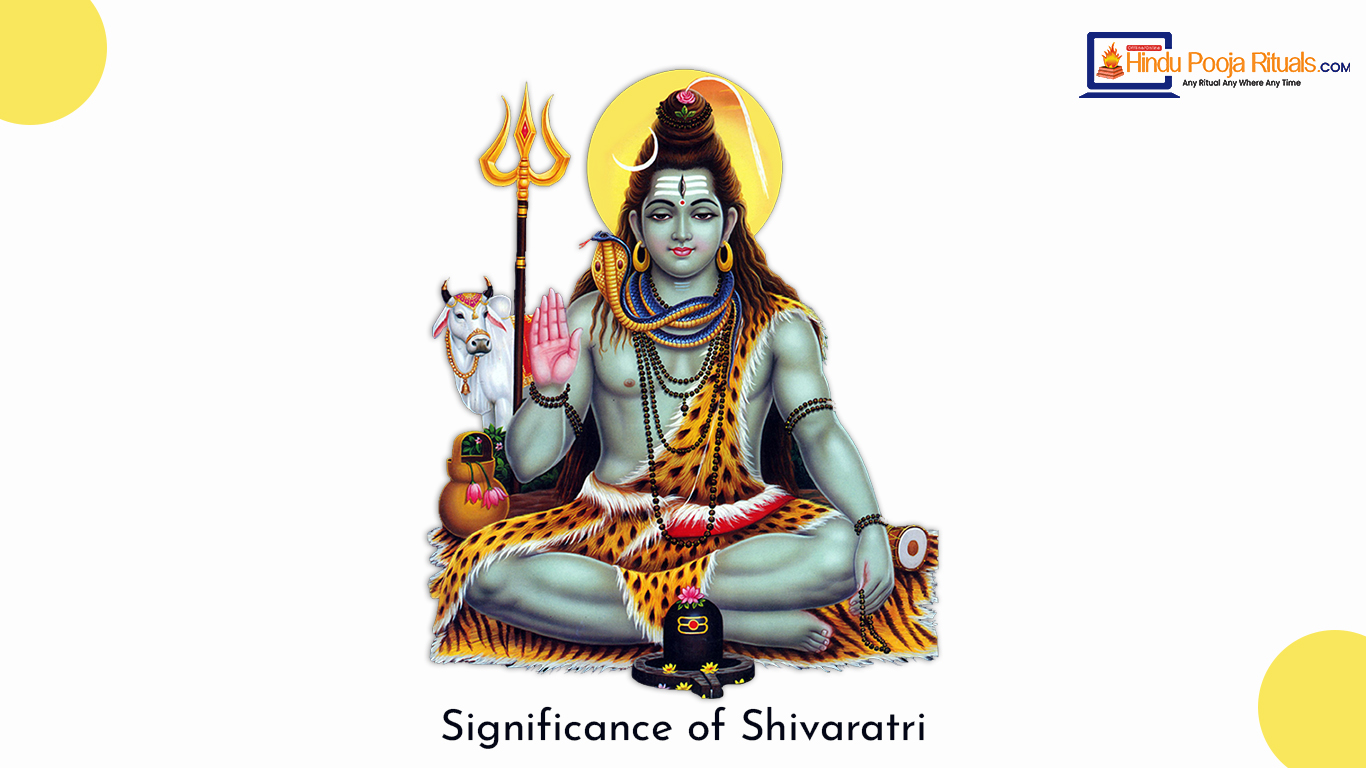
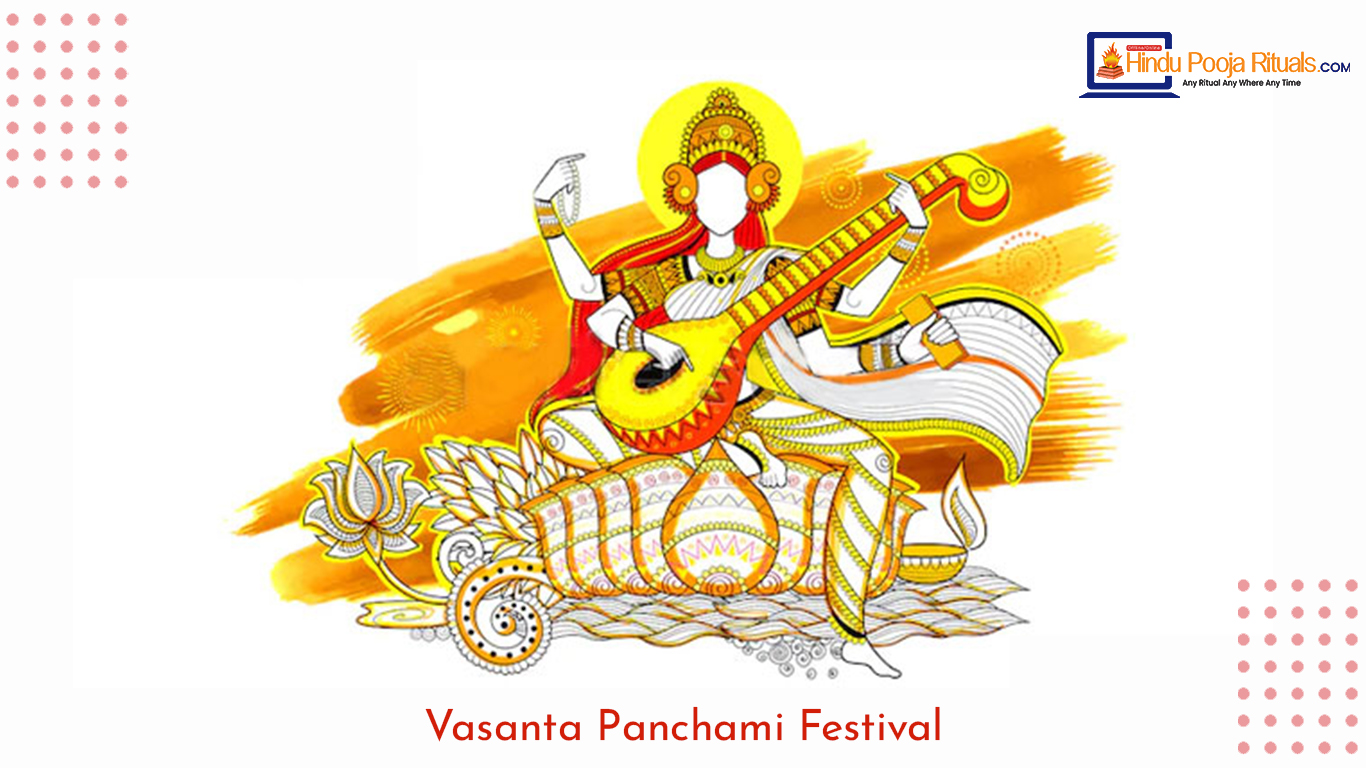

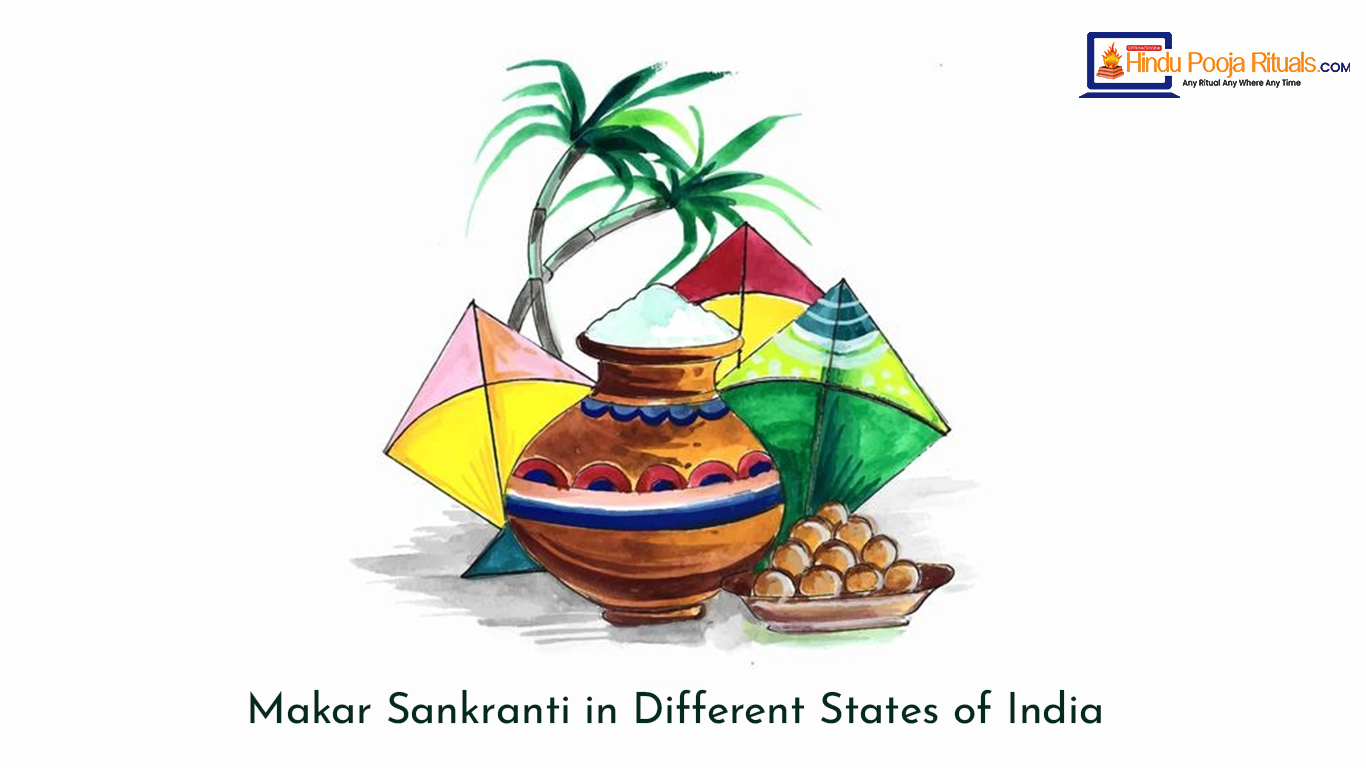
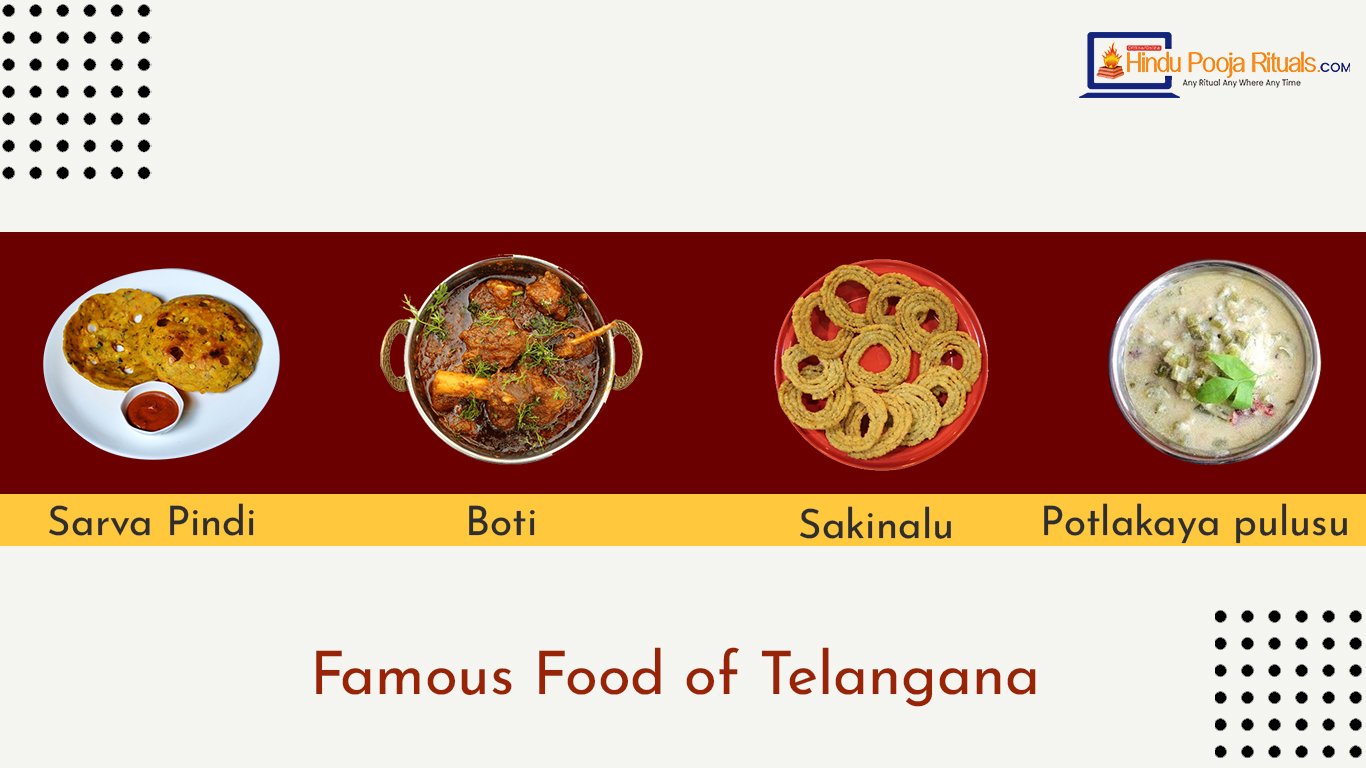

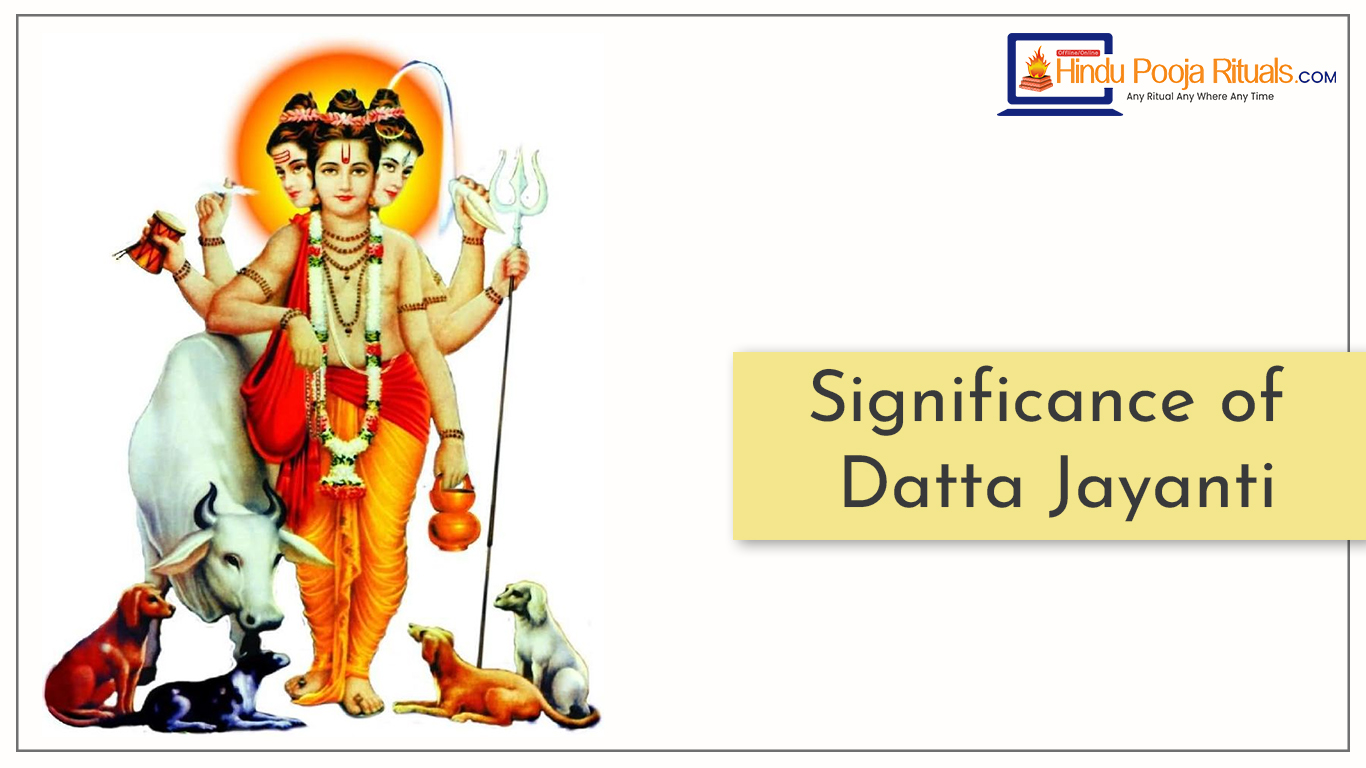


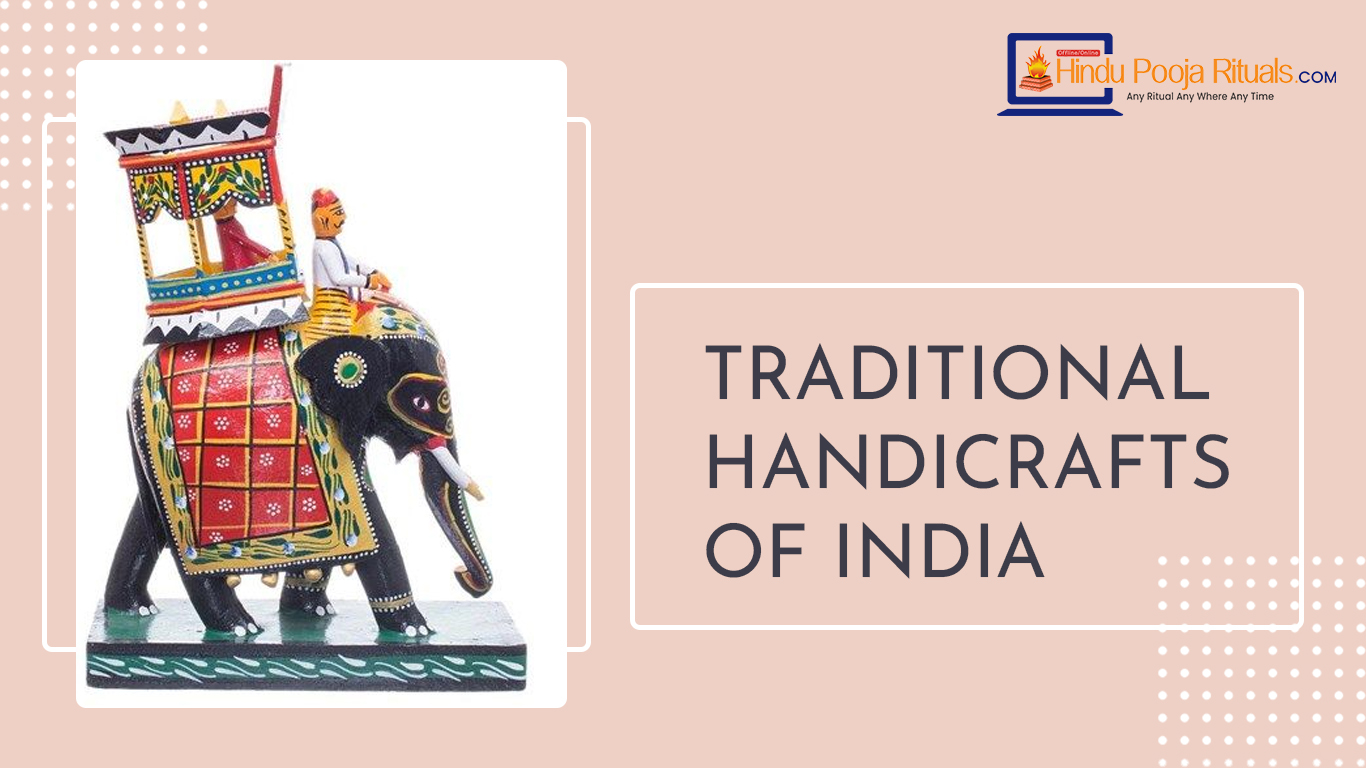

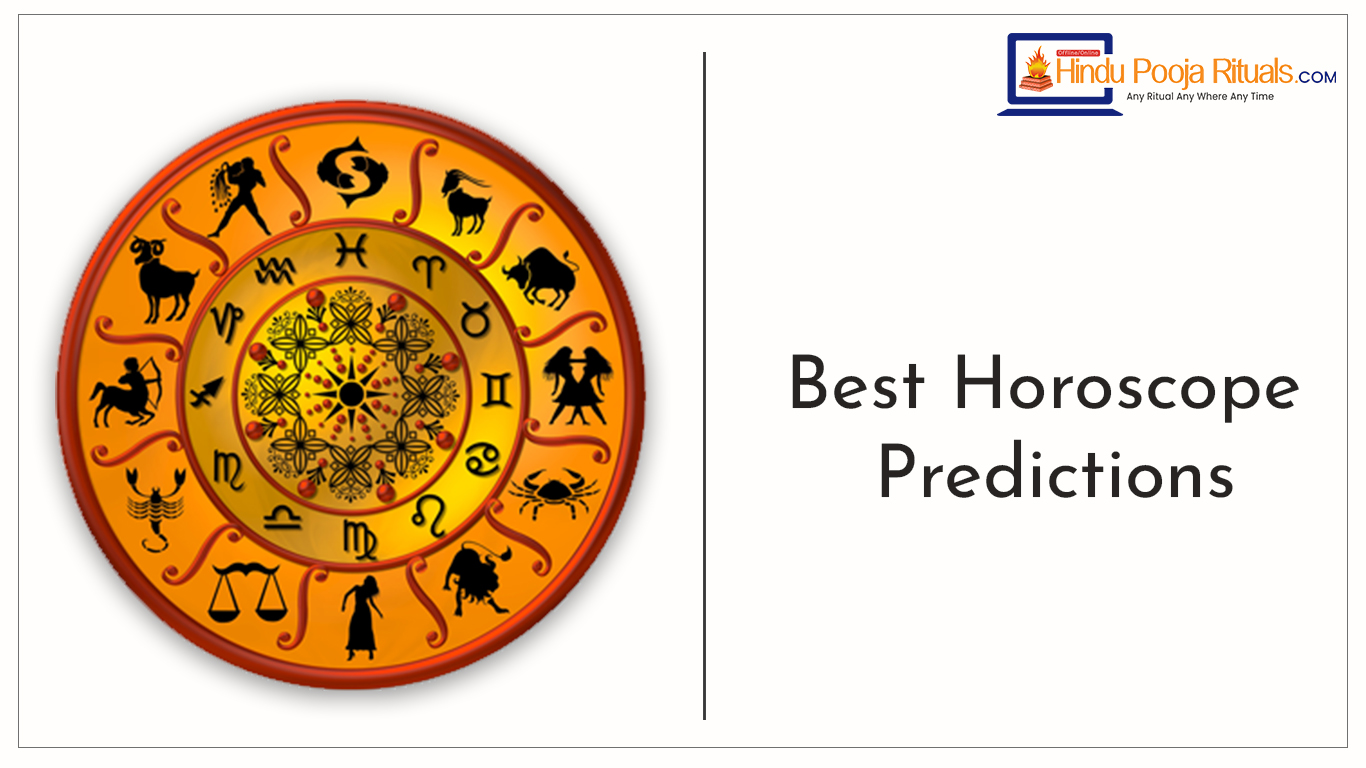
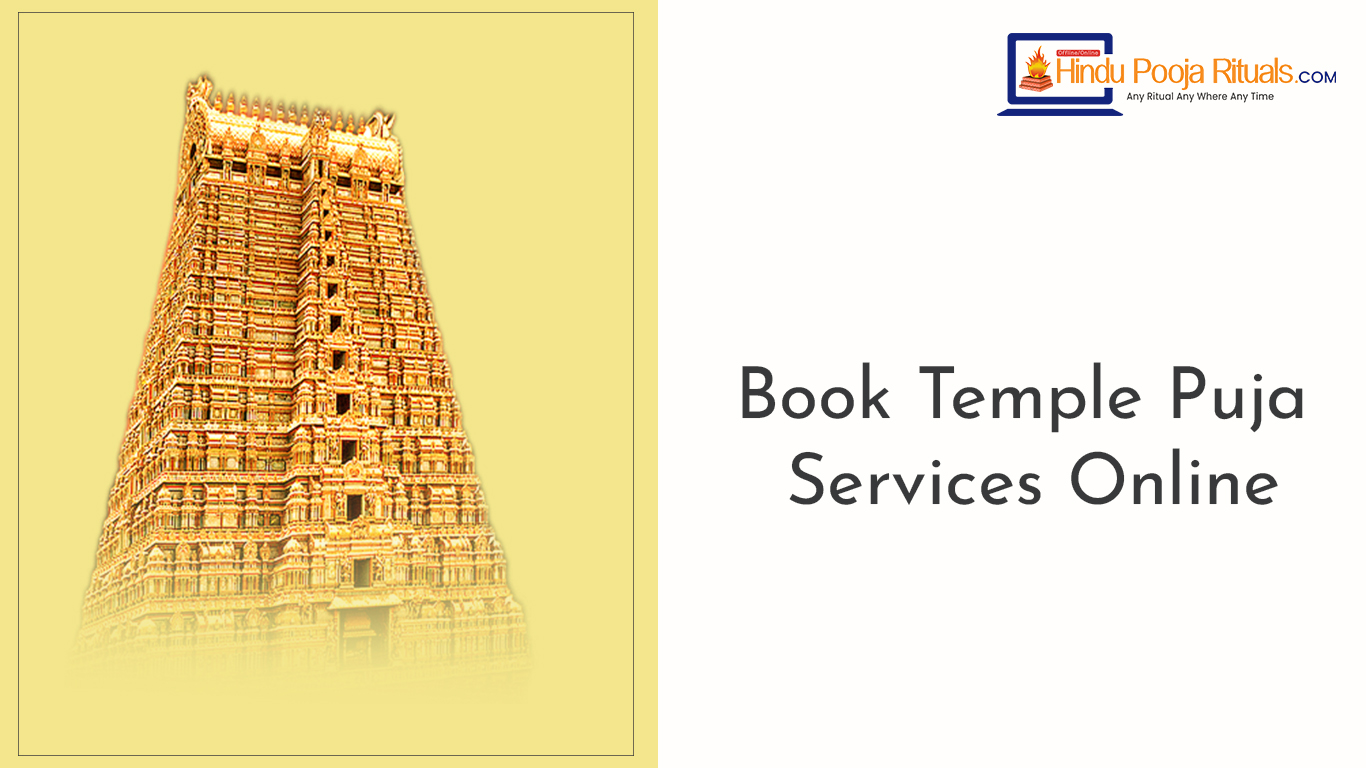
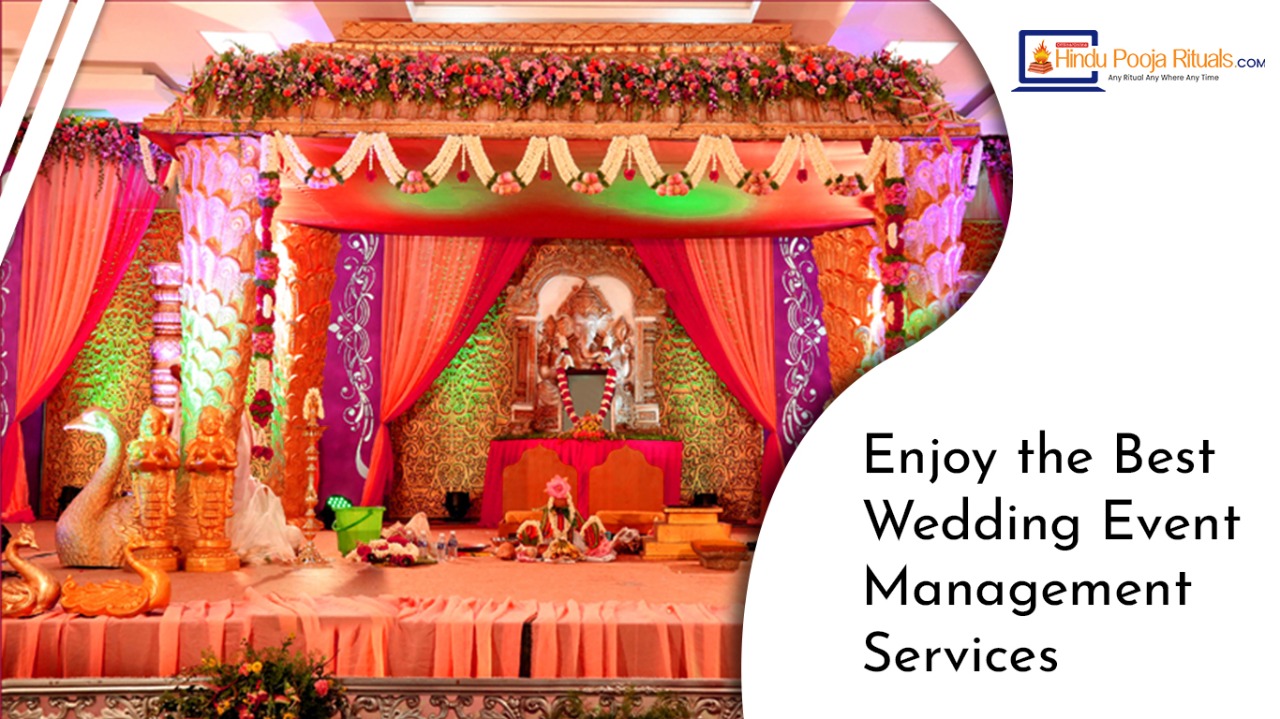
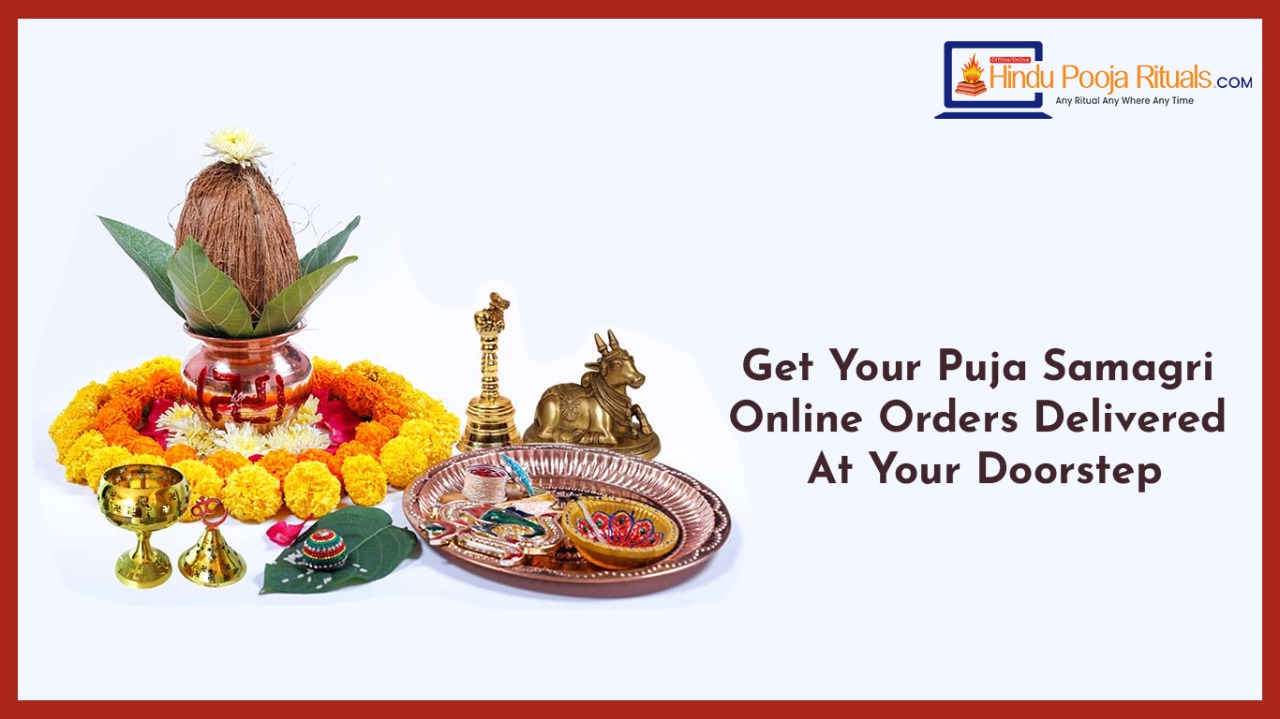
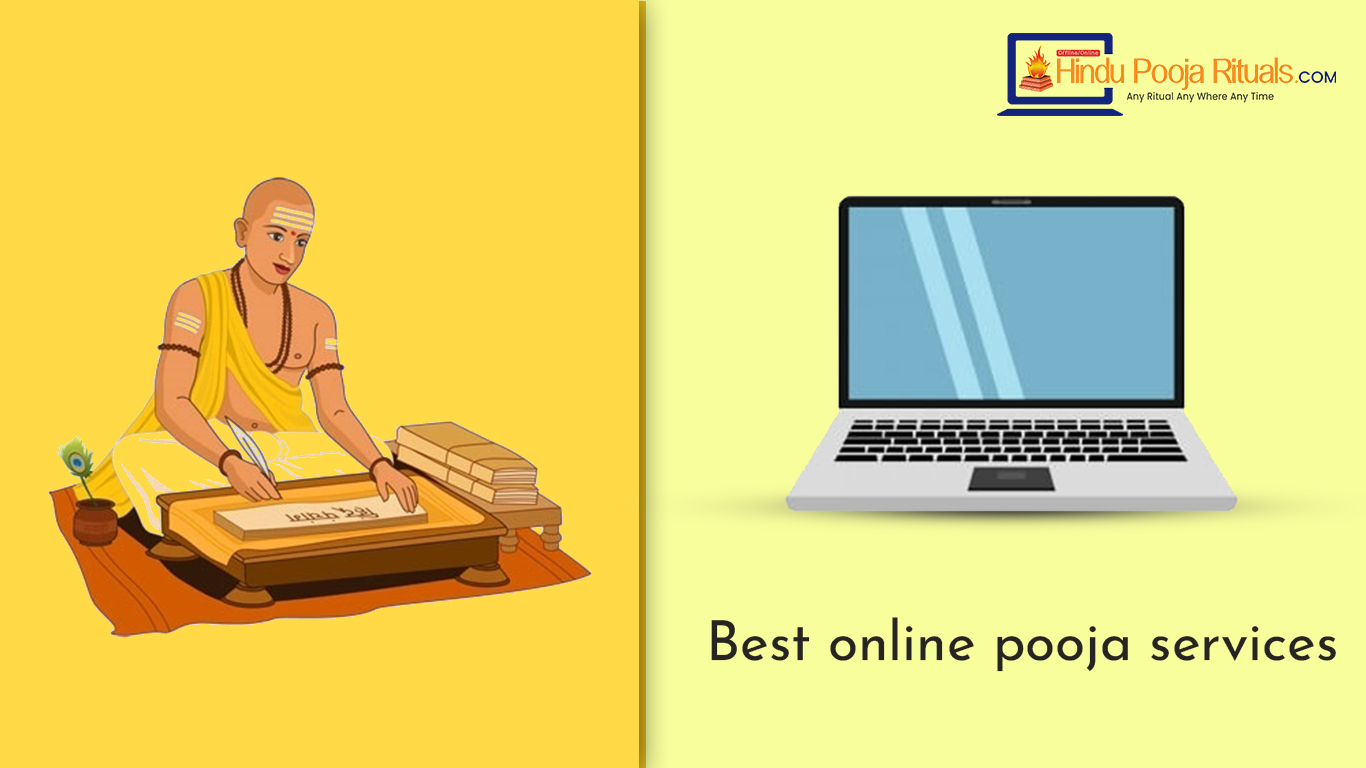
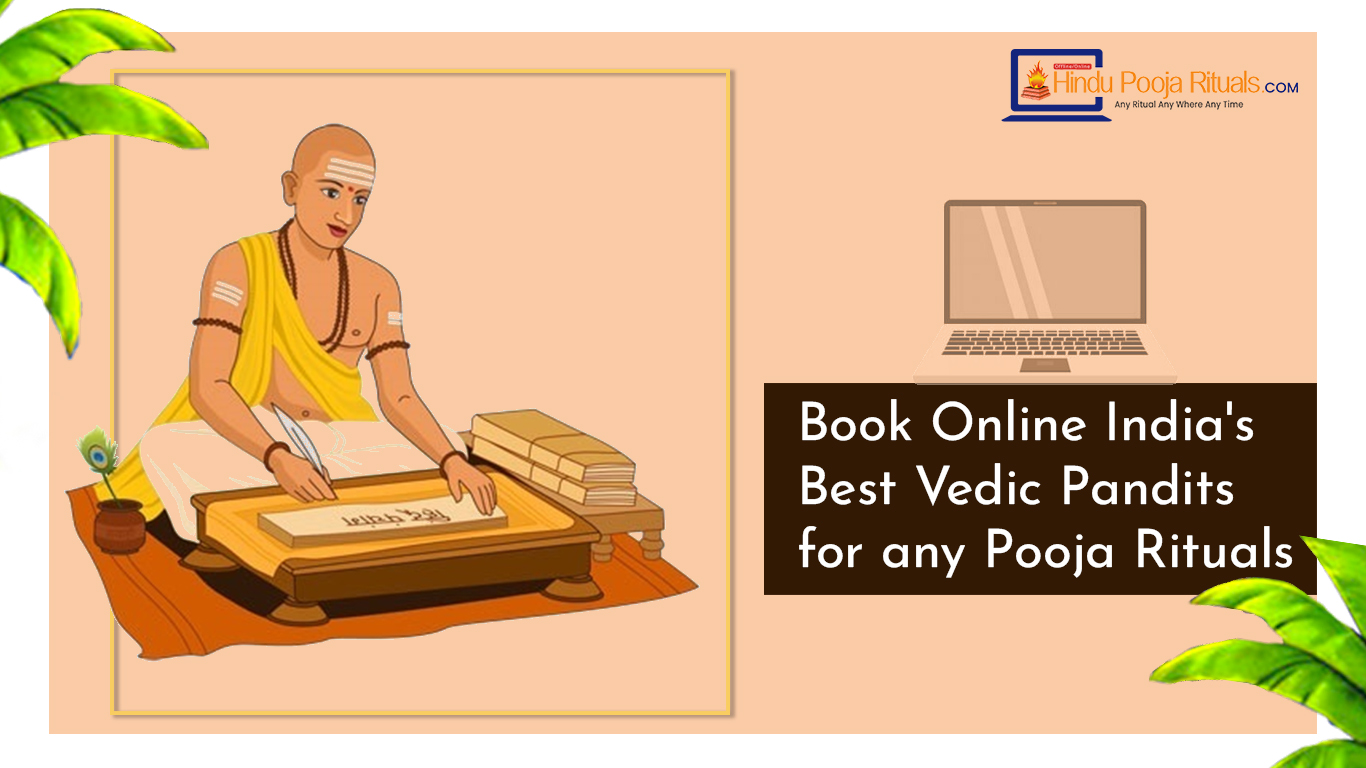
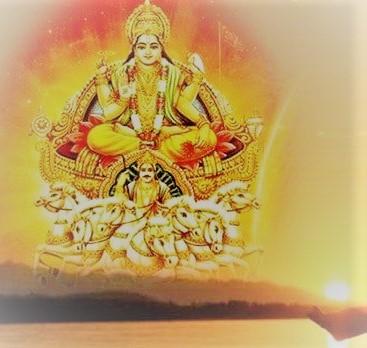
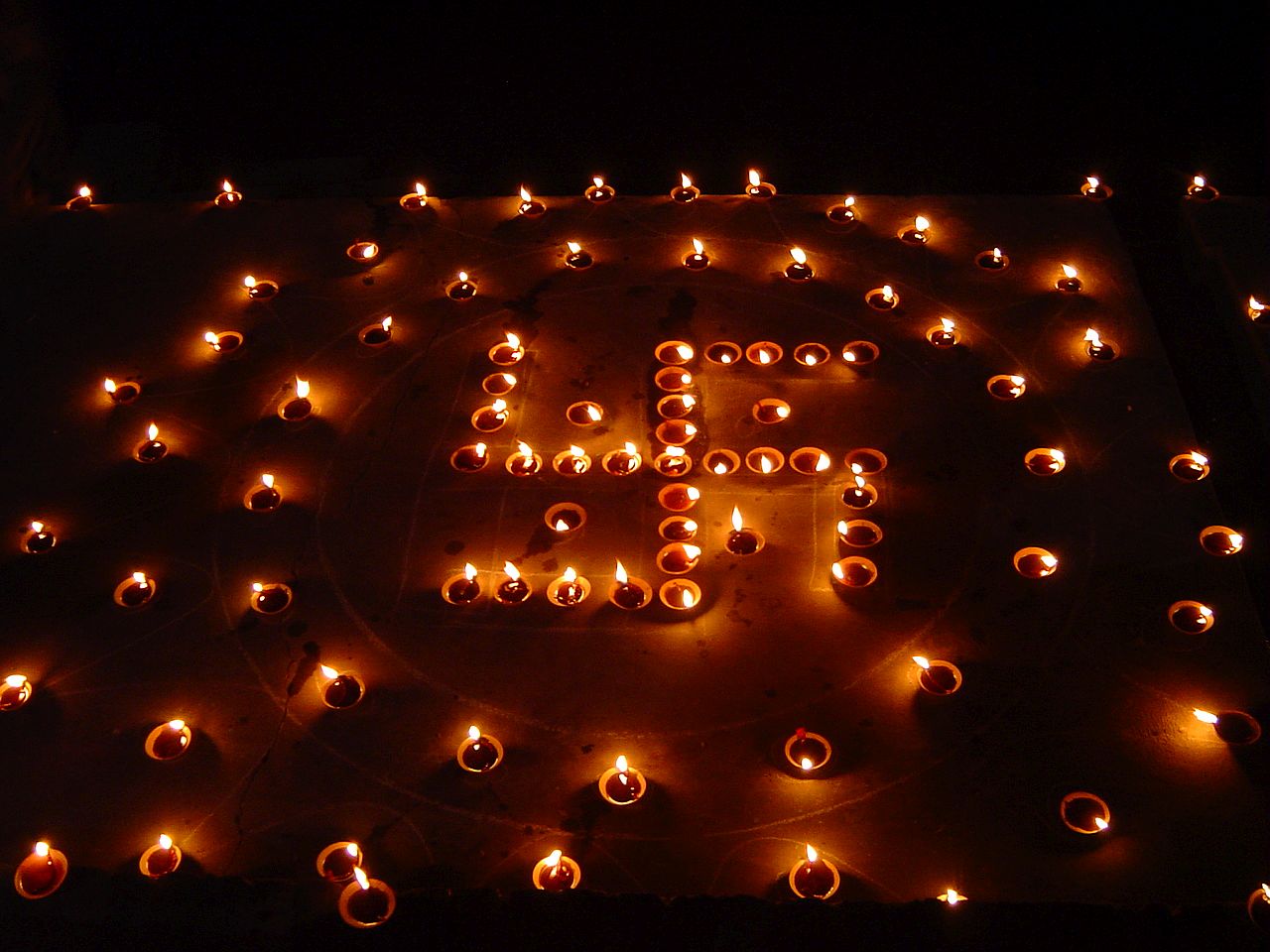
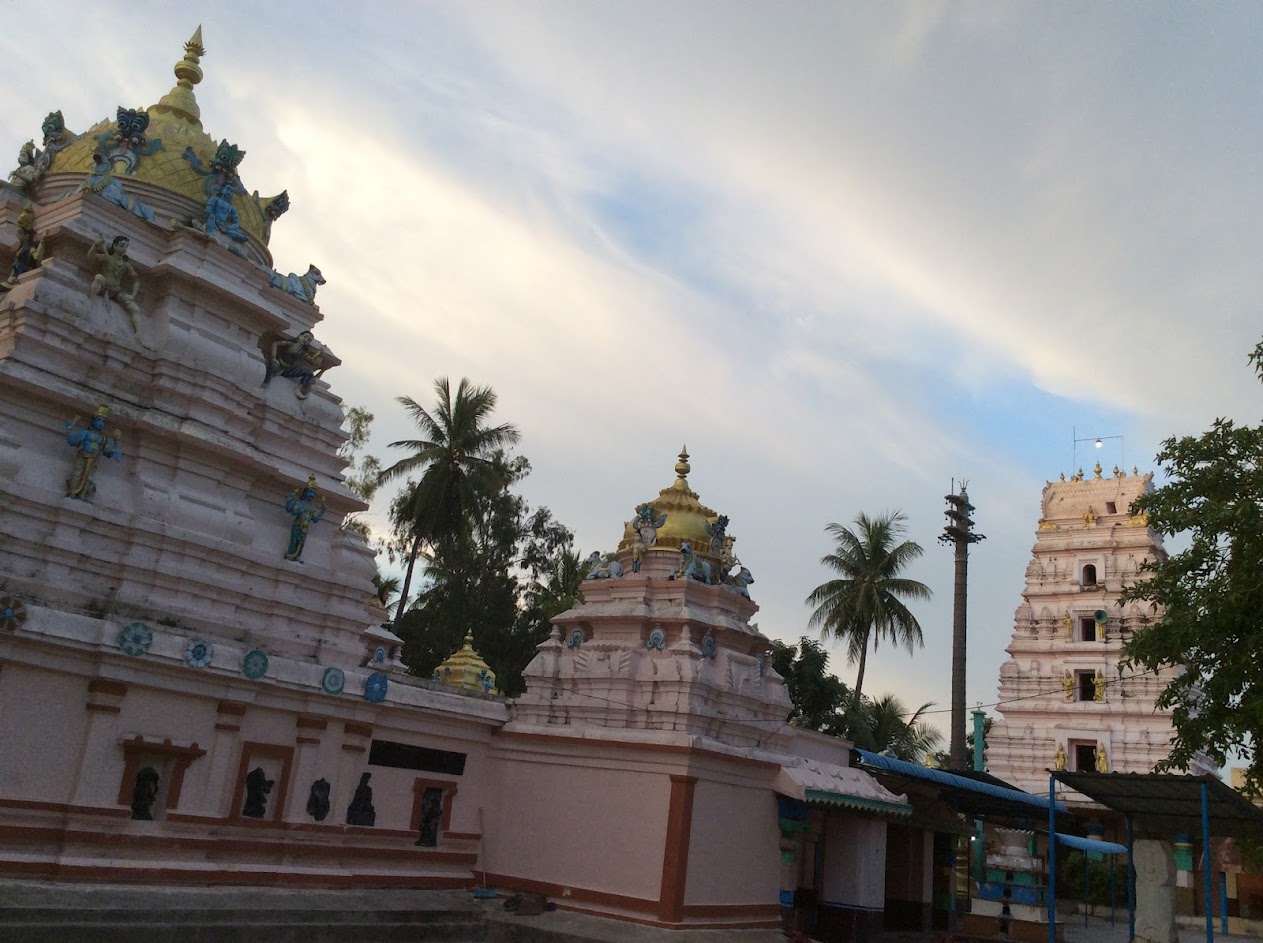
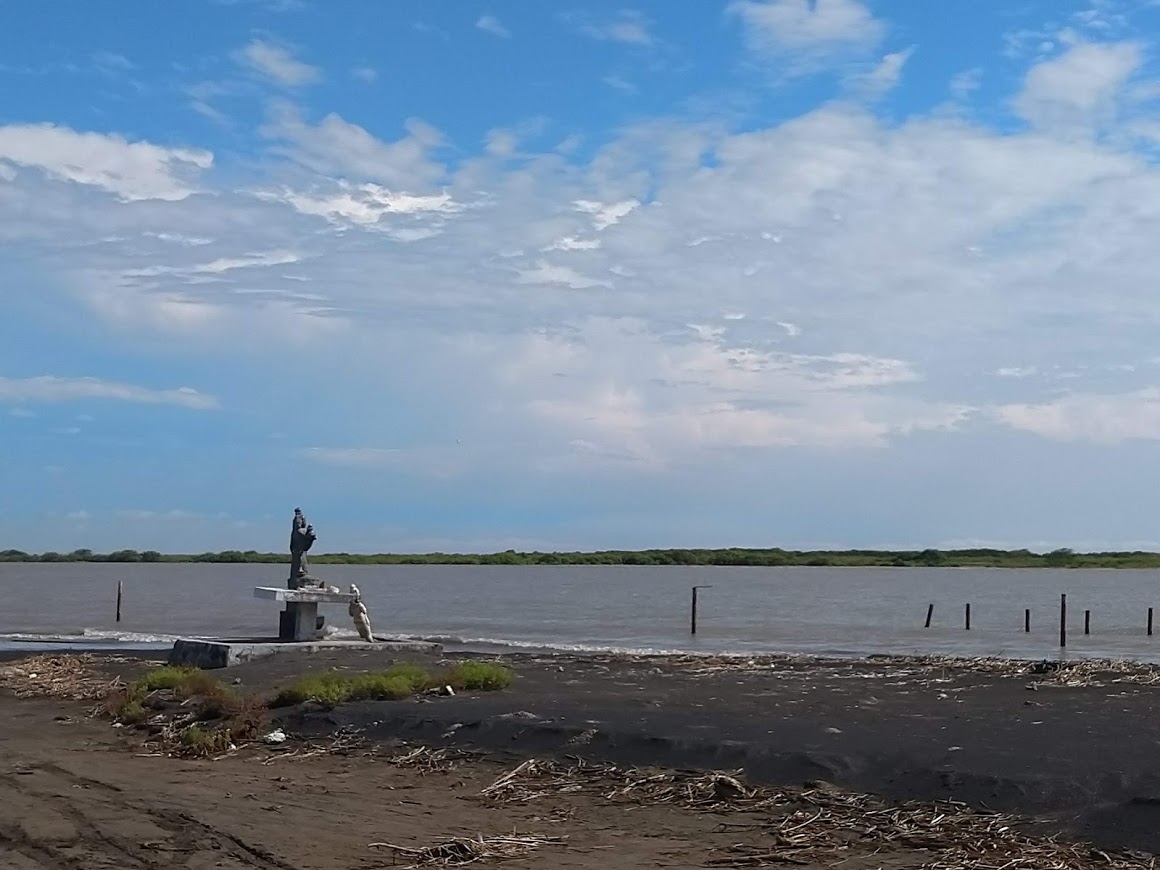
Comments (0)